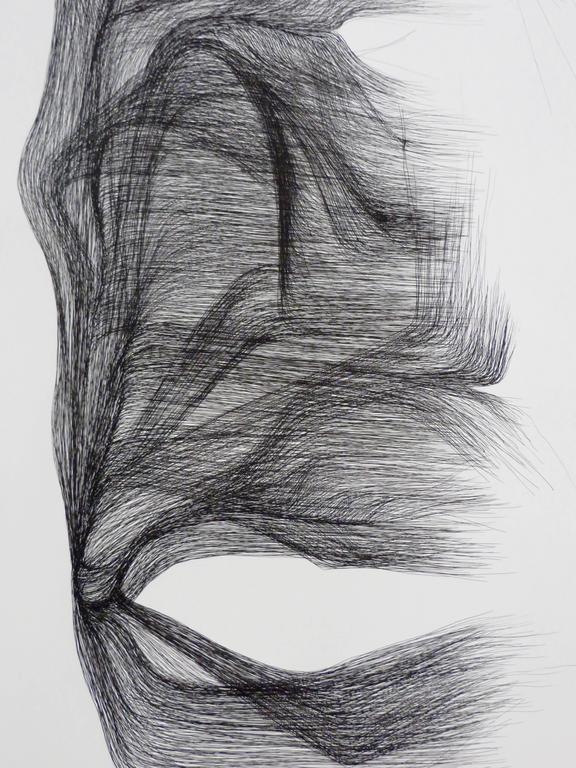


Try out different strokes while using India ink. If you are just starting out, you could try using just the tip of a finely pointed sable brush as an alternative to buying a nib. As a guide, use a reed pen for frequent, short strokes or try a round tip for wide, smooth lines. The size and shape of the nib will affect how much ink you need to use, what your marks will look like and how many times you need to dip your nib back in the ink. There are a variety of pen nibs available for drawing and each offers a different effect. When all else fails, resort to the white ink pot. If you blot it straight away, the ink will get into the paper. After this it is safe to blot to absorb any remaining unwanted ink.

Rough paper makes it easier to lift off the ink – first use a moist brush to absorb excess ink and then flood the area with clean water. Heavy grade, roughly textured watercolour paper is useful for making corrections. Waterproof inks are best for line work while water-soluble ink should be used for washes. India ink is a standard staple for ink artists – it’s permanent and waterproof.
INDIA INK DRAWINGS HOW TO
Whether you’re a beginner wondering how to use drawing ink or want to improve your India ink techniques, this expert guide has some useful advice which will help boost your skills.Ĭhoose your inks to suit your purpose. Link copied to clipboard Ink can be a challenging medium at first, but follow these top tips on how to use ink and you’ll soon be making the most of its distinctive properties


 0 kommentar(er)
0 kommentar(er)
